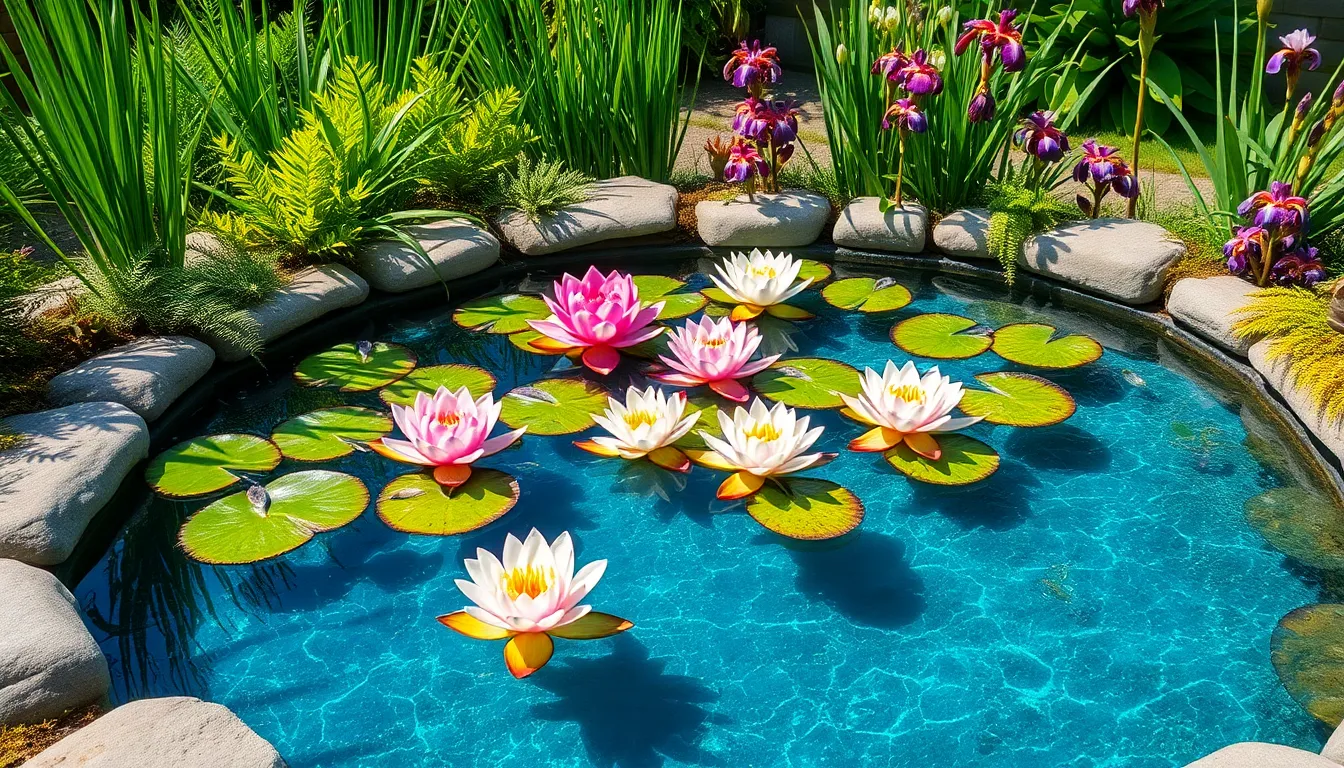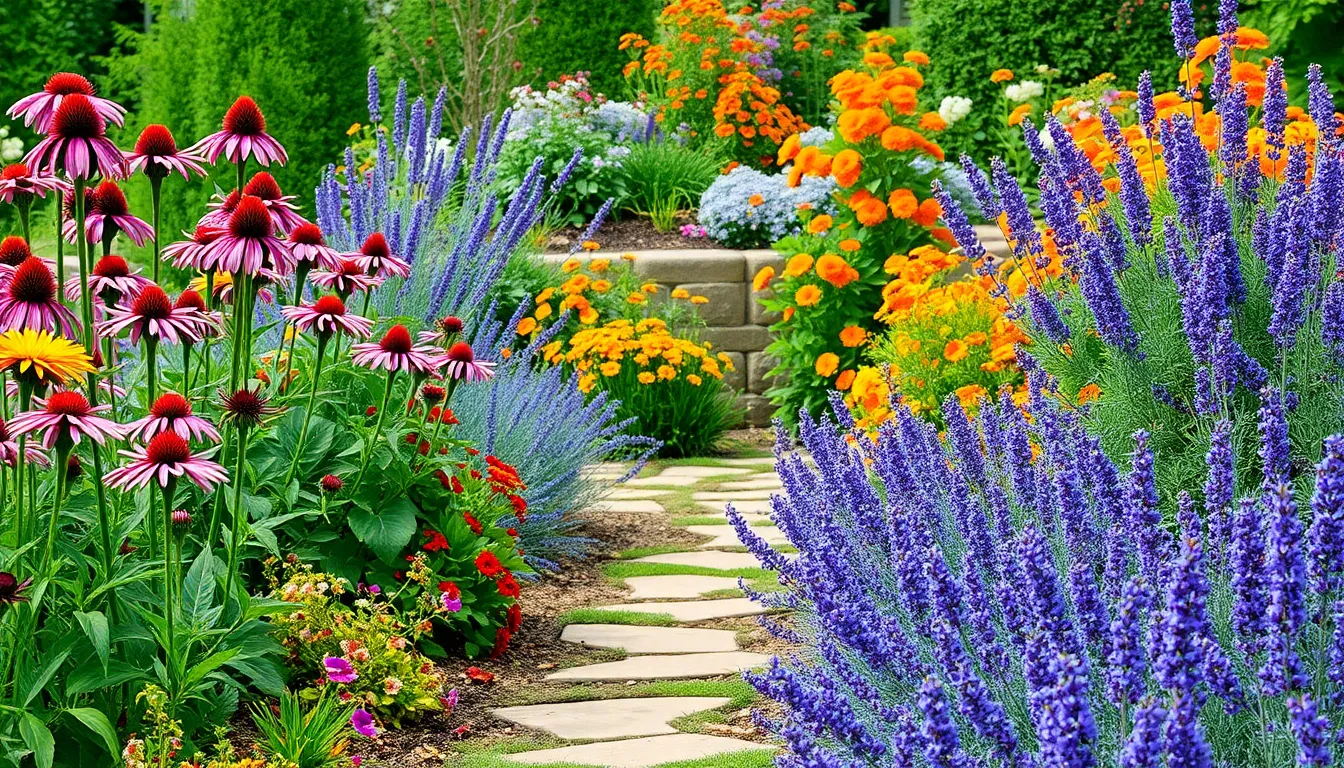How to Design a Water Garden
Imagine stepping into your backyard and being greeted by the soothing sounds of gently flowing water, the graceful dance of koi fish, and the serene beauty of water lilies in full bloom. Designing a water garden offers a unique opportunity to transform any outdoor space into a tranquil oasis, captivating both the senses and the … Read more


